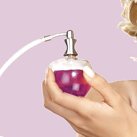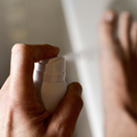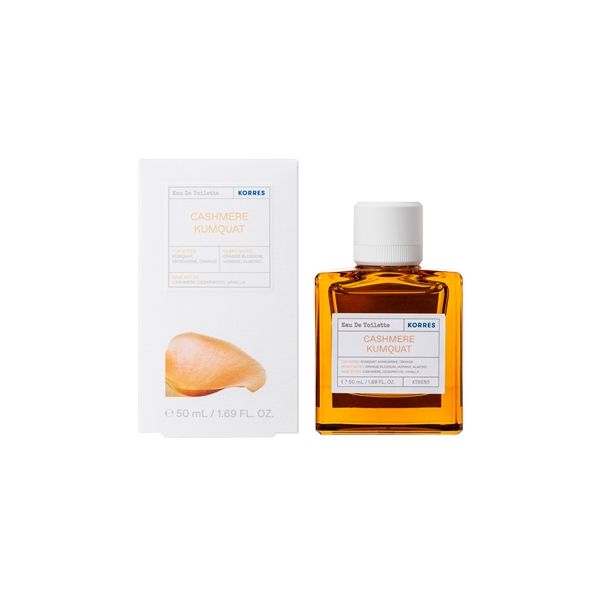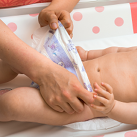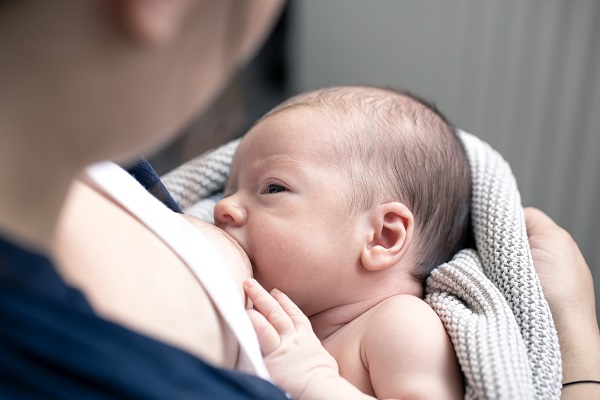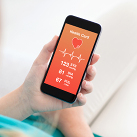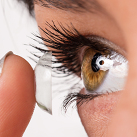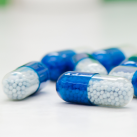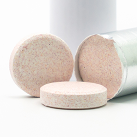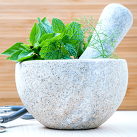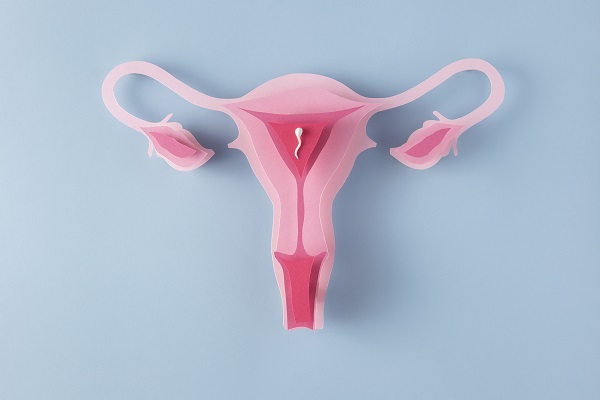Blog
Ovulation and Fertile Window
To increase your chances of getting pregnant, it is good to know when you are ovulating. This is the best time for you and your partner to try and conceive. Ovulation occurs in the middle of your menstrual cycle. Every woman’s cycle is different, so you need to pay attention to the signs. There are many ways you can tell when is the right time to get pregnant.
What are the symptoms of ovulation?
Here are the signs you may have when your body releases an egg:
Your body temperature drops slightly and then rises again. You can use a special thermometer to check your temperature every morning before getting out of bed. Remember you are more fertile 2 or 3 days before your temperature rises. The mucus in your cervix becomes clearer and thinner with a slippery texture, like egg white. You may also notice your breasts getting more tender, bloating and cramps in your lower abdomen. But these symptoms don’t always mean that you are ovulating.
How to monitor the symptoms of ovulation.
Keep a diary of your menstrual cycle. Find out how long your period and cycle lasts. Doctors say it is best to have sex at least every other day, especially 5 days before ovulation. They call this your “fertile window”. Your egg only lives for about 12 to 24 hours. But sperm can survive for a few days in your body, so it is ideal to have them already there and waiting for your egg.
Watch out for changes in the body.
Your hormone levels change during your menstrual cycle. During the first half, your ovaries release the estrogen hormone. When your estrogen levels are high enough, your ovary releases an egg. Then your body starts producing progesterone, another hormone. Makes your body temperature rise slightly. Your hormones also change the texture of your cervical mucus, the sticky fluid that comes from your cervix, the bottom of your uterus. This texture helps the sperm to swim inside your body. When your mucus feels like this, you should be on fertile days.

 Ελληνικά
Ελληνικά





